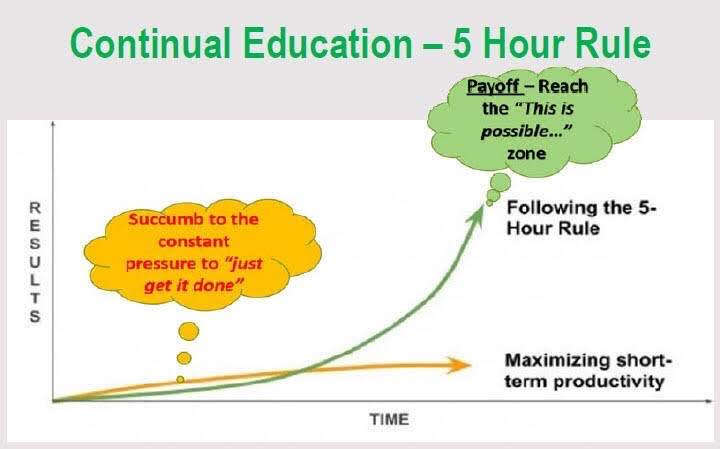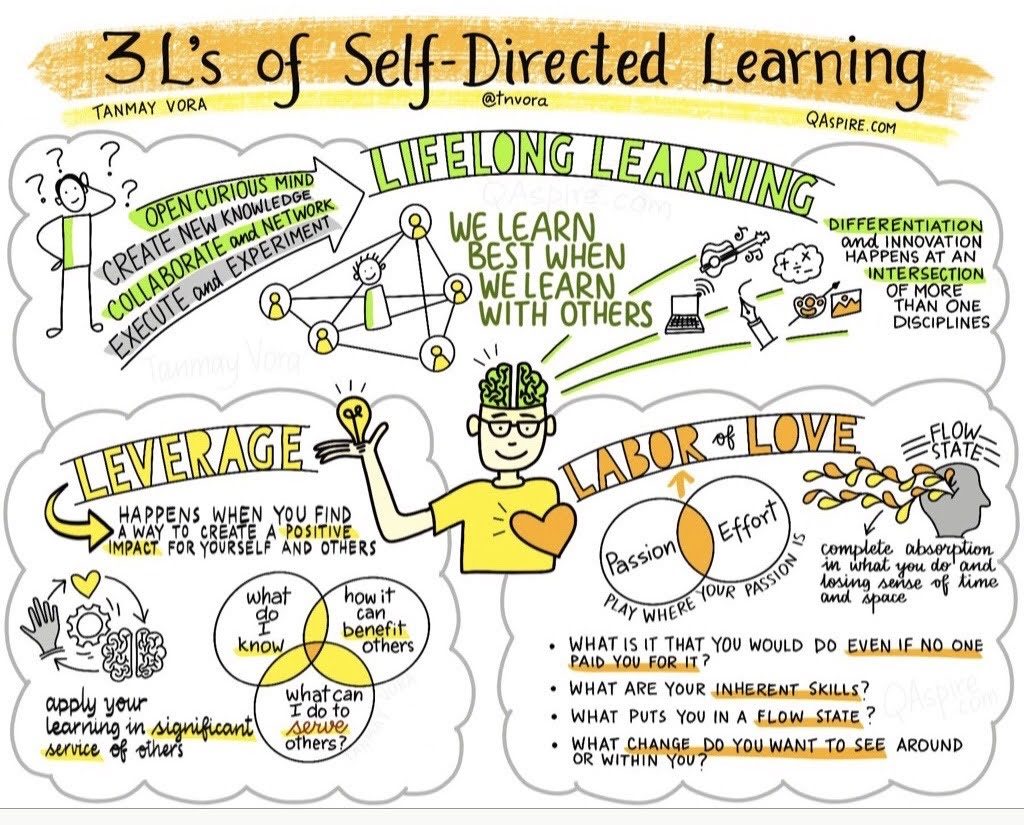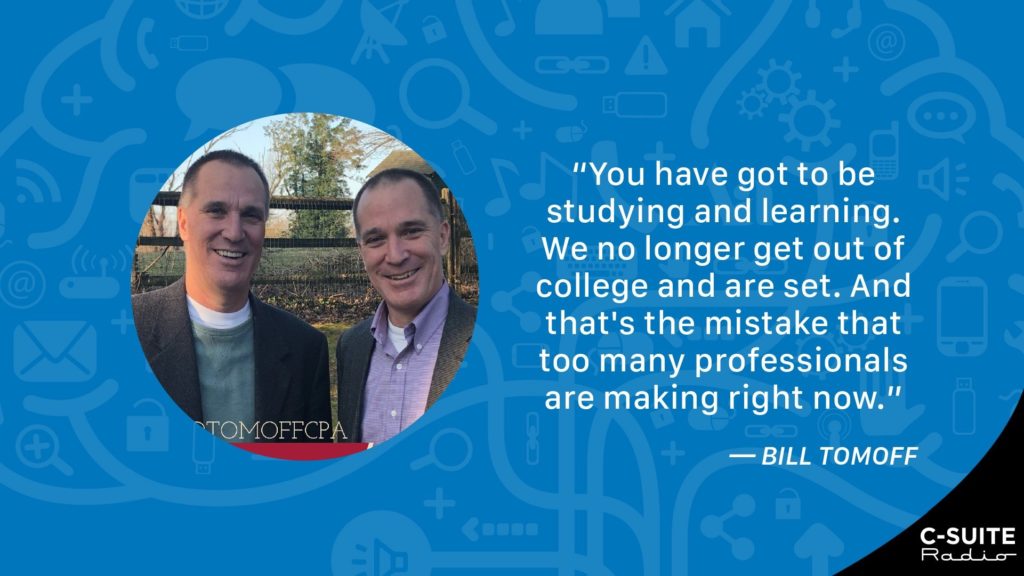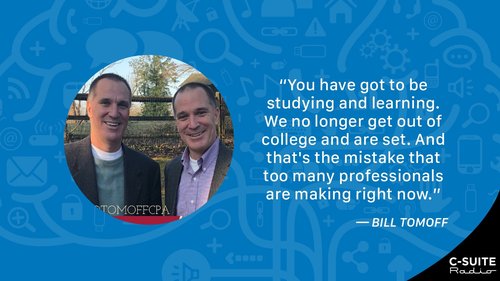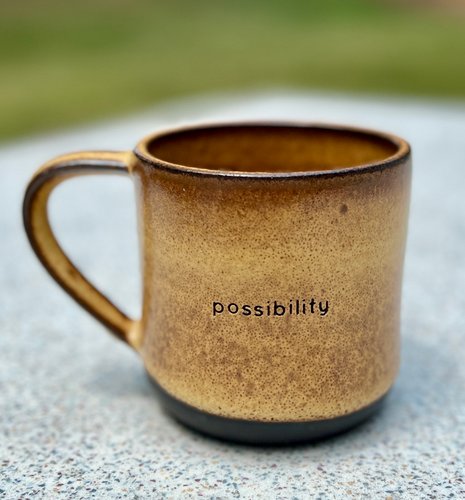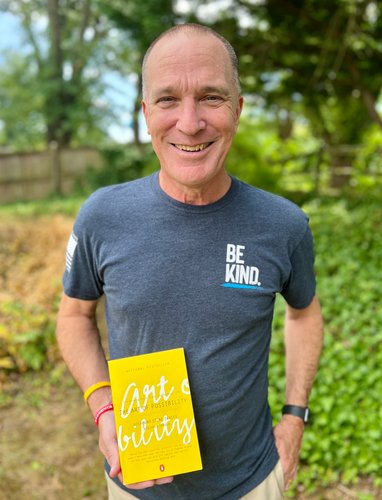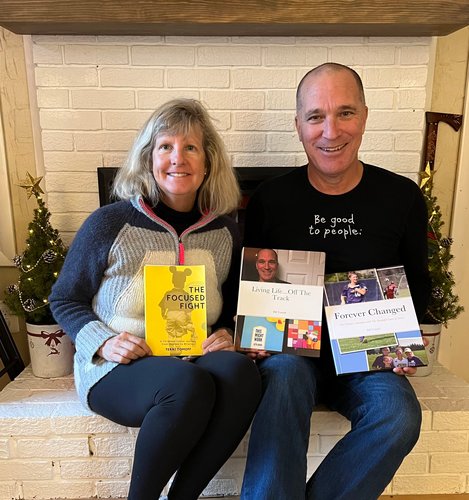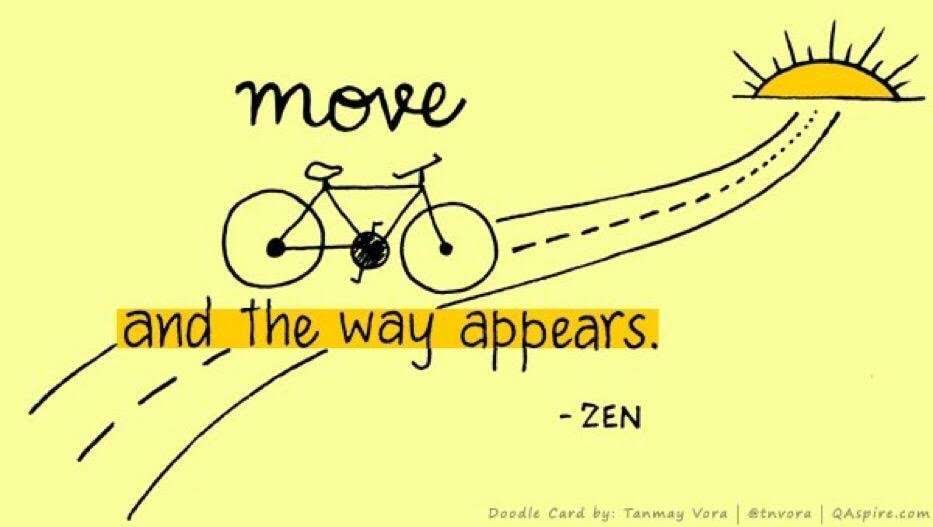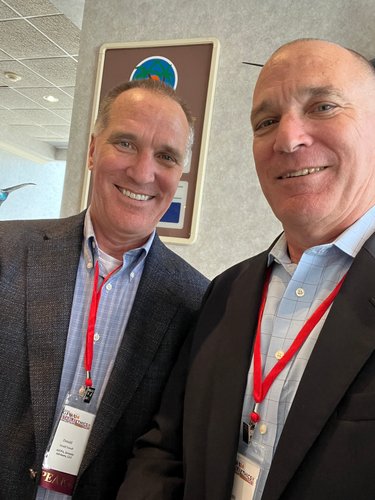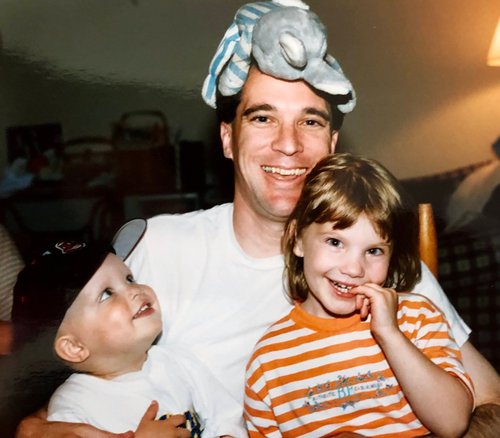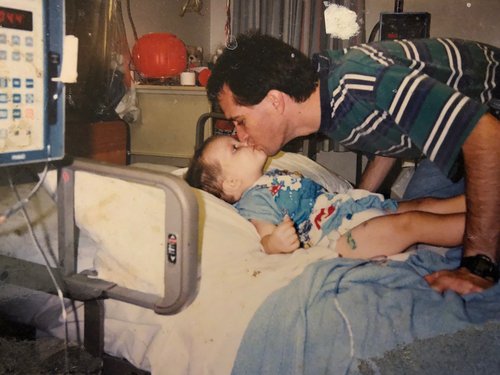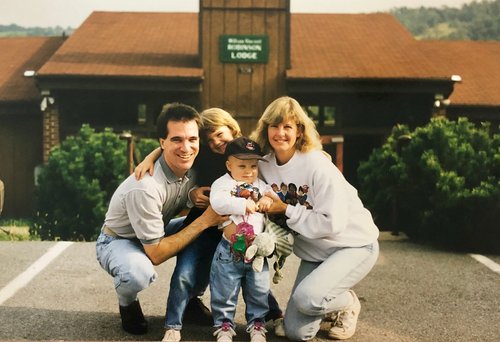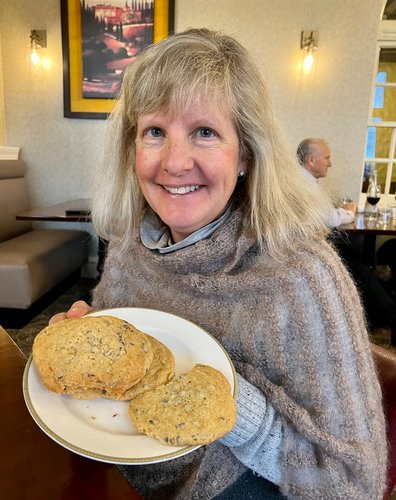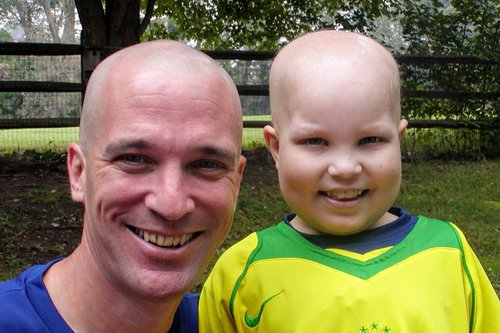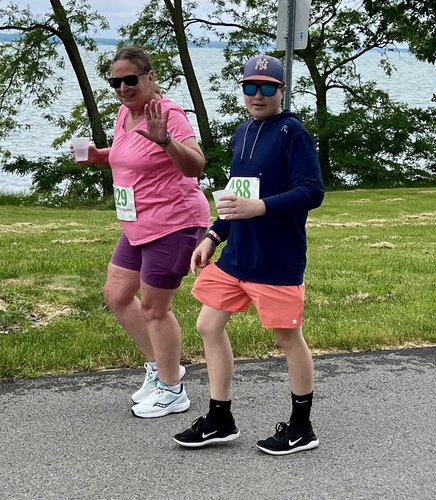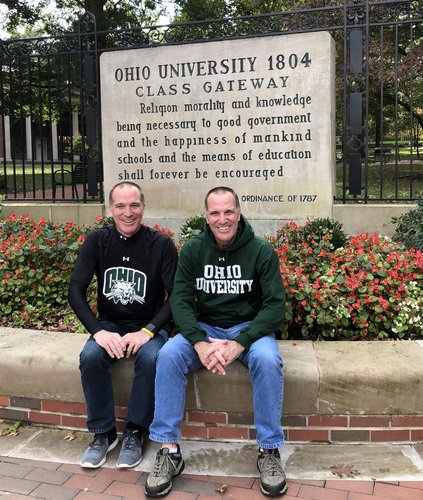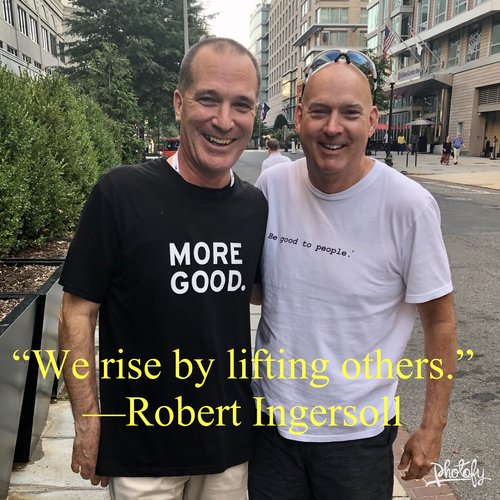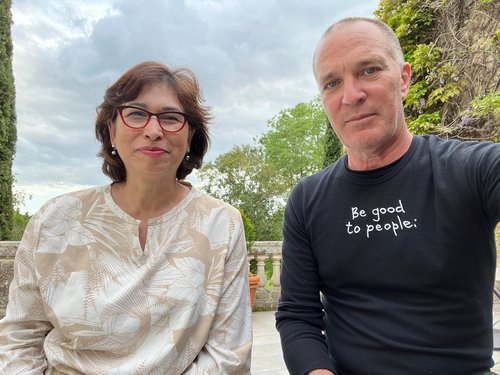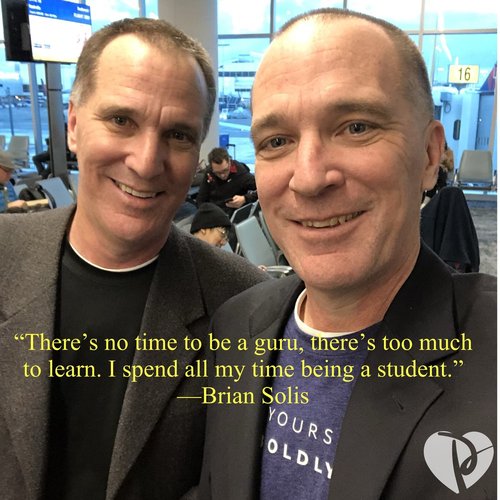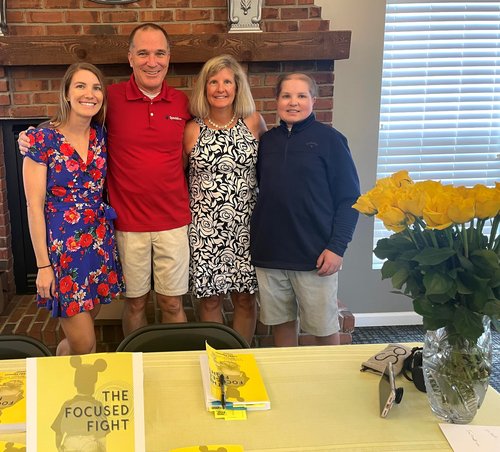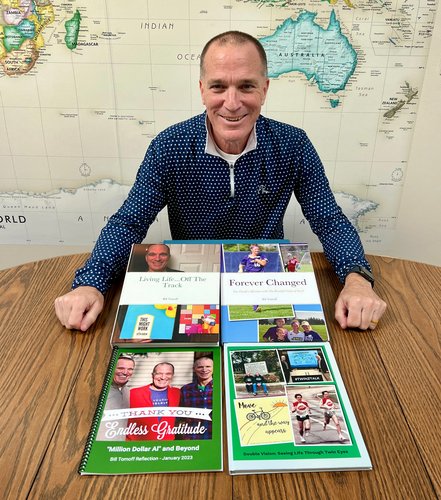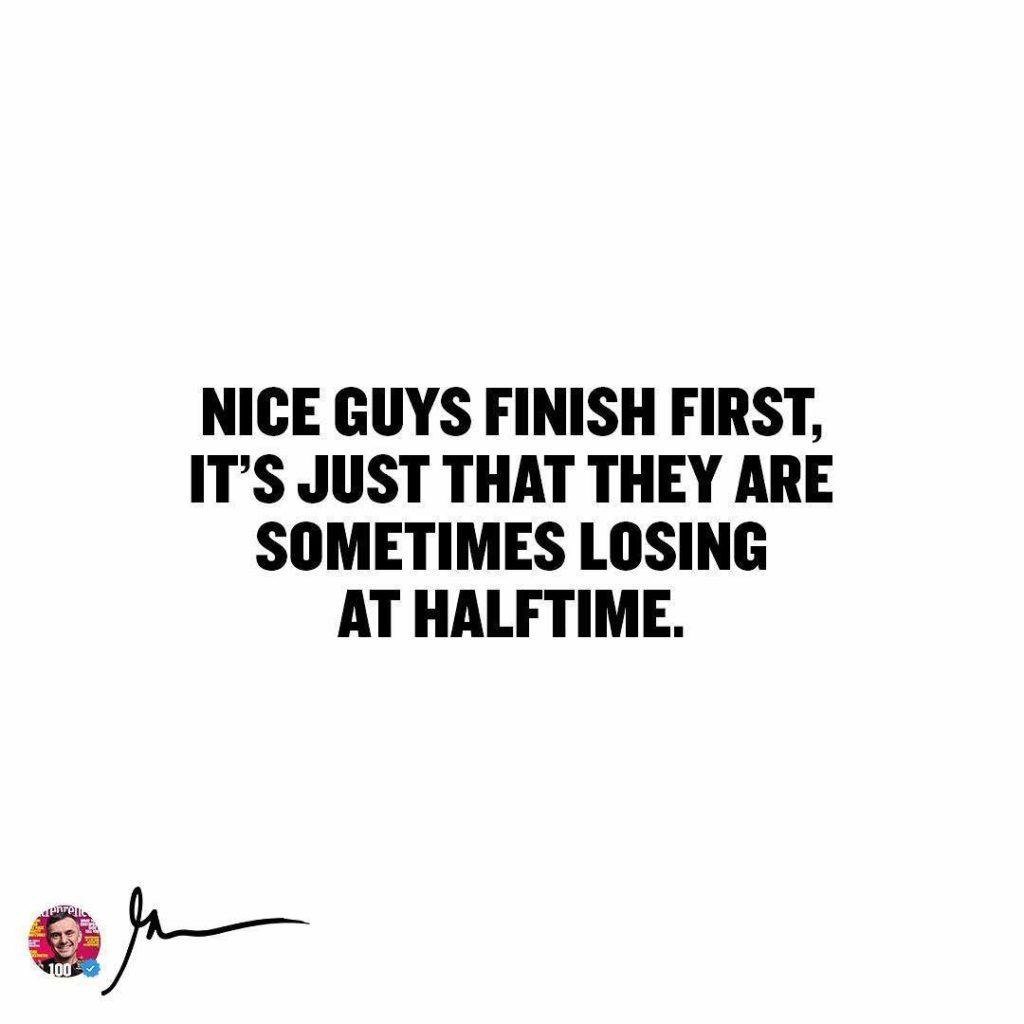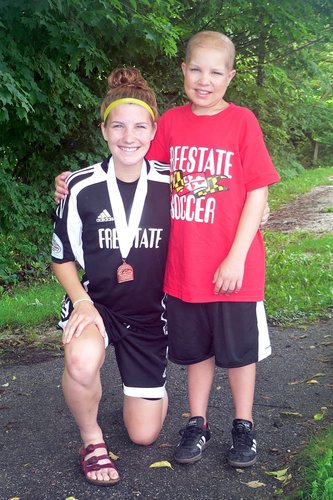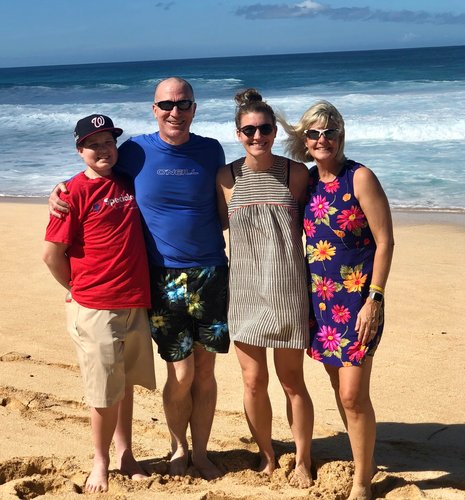We all have active schedules and tasks that “must get done.” Throughout our careers and lives, twin Don and I have too often seen folks prioritize and let the day-to-day urgent matters overwhelm the opportunity to do the more important work of the long-term potential of investing in their personal development. Our quest is to shine the light on the disservice we all do to ourselves (and others) when we do not prioritize the important work of investing in ourselves.
“But what does Socrates say? “Just as one person delights in improving his farm, and another his horse, so I delight in attending to my own improvement day by day.””
—Epictetus, Discourses, 3.5.14
When we think of “investing,” the common thought turns to investing money or saving for our future. Taking care of our financial needs is another critical topic, but here, the emphasis is investing our resources into ourselves toward developing our best talent and potential. There are no shortcuts to improving ourselves. We must show up daily and persist in doing the work required to refine our talents. The excellent news is that daily small incremental investments in ourselves compound exponentially over time.
“Every small positive change we make in ourselves repays us in confidence in the future.”
—Alice Walker
Seth Godin, in the blogs shared below, makes compelling observations:
“Do work and get paid once. Build an asset and get paid for as long as it lasts.“
The drip. In this post, Seth shares the magic of showing up and persisting to make real change.
“Change, real change, is the result of focused persistence.”
“The challenging part, and the reason that change doesn’t happen as often as it should is that we get distracted. Today’s urgent is more urgent than yesterday’s important.”
“Keep showing up. If it matters, keep showing up.”
Several benefits of prioritizing personal development include:
- Building an asset: As Seth notes, building an asset for ourselves is valuable and something you own.
- Leading by example: When we challenge ourselves to grow, we can inspire others to do the same.
- Help others: We are better positioned to help others as our skills increase. We must not lose sight of developing ourselves to contribute more to the world.
- Increased adaptability: Personal development enhances our ability to adapt to changing circumstances, making us more resilient to challenges.
- Enhanced self-awareness: By investing in personal growth, we gain a deeper understanding of our strengths, weaknesses, values, and motivations.
- Improved decision-making: As we develop ourselves, we refine our critical thinking skills and gain new perspectives, leading to better decision-making in various aspects of life.
- Greater sense of fulfillment: Pursuing personal growth often leads to a stronger sense of purpose and satisfaction in life.
- Better relationships: Personal development can improve our emotional intelligence, communication skills, and empathy, leading to healthier and more meaningful relationships.
- Increased productivity: By honing our skills and improving our habits, we become more efficient and effective in our daily tasks.
- Expanded opportunities: As we grow and develop new skills, we open ourselves to new career paths and life experiences.
- Continuous learning mindset: Embracing personal development fosters a lifelong love of learning, keeping our minds sharp and engaged.
- Increased self-confidence: Our self-confidence naturally grows as we overcome challenges and achieve personal goals.
- Enhanced creativity: Personal growth often involves exploring new ideas and perspectives, which can boost our creative thinking abilities.
Personal development is not just a luxury; it’s necessary for anyone seeking a fulfilling and impactful life. The benefits we’ve explored – from building valuable personal assets to enhancing our adaptability and creativity – demonstrate the profound impact that consistent self-improvement can have on our lives and those around us.
I hope my thoughts help inspire you to reflect on how dedicating time daily to personal development, learning, and growth can exponentially improve your day-to-day performance and provide you with much fulfillment. Remember, as Epictetus wisely noted, there’s a unique delight in attending to our improvement day by day. Keep showing up, stay persistent, and witness the small, daily investments in yourself compound into remarkable transformations over time. Choose the steady drip of daily personal development. Don’t say “one day” instead, make today “day one.” Your future self will thank you!
